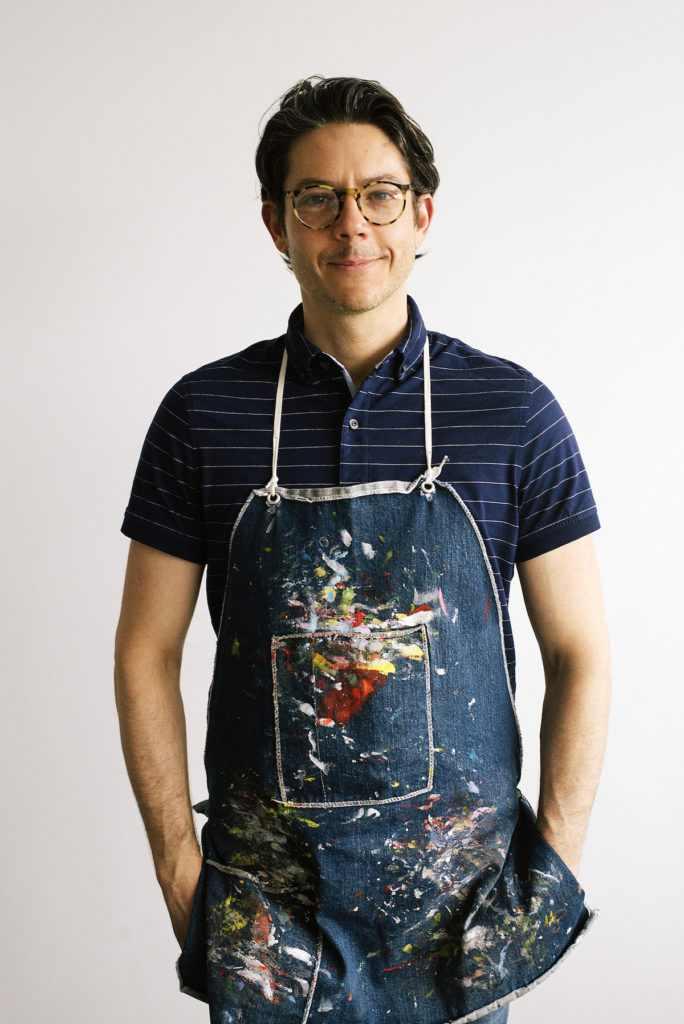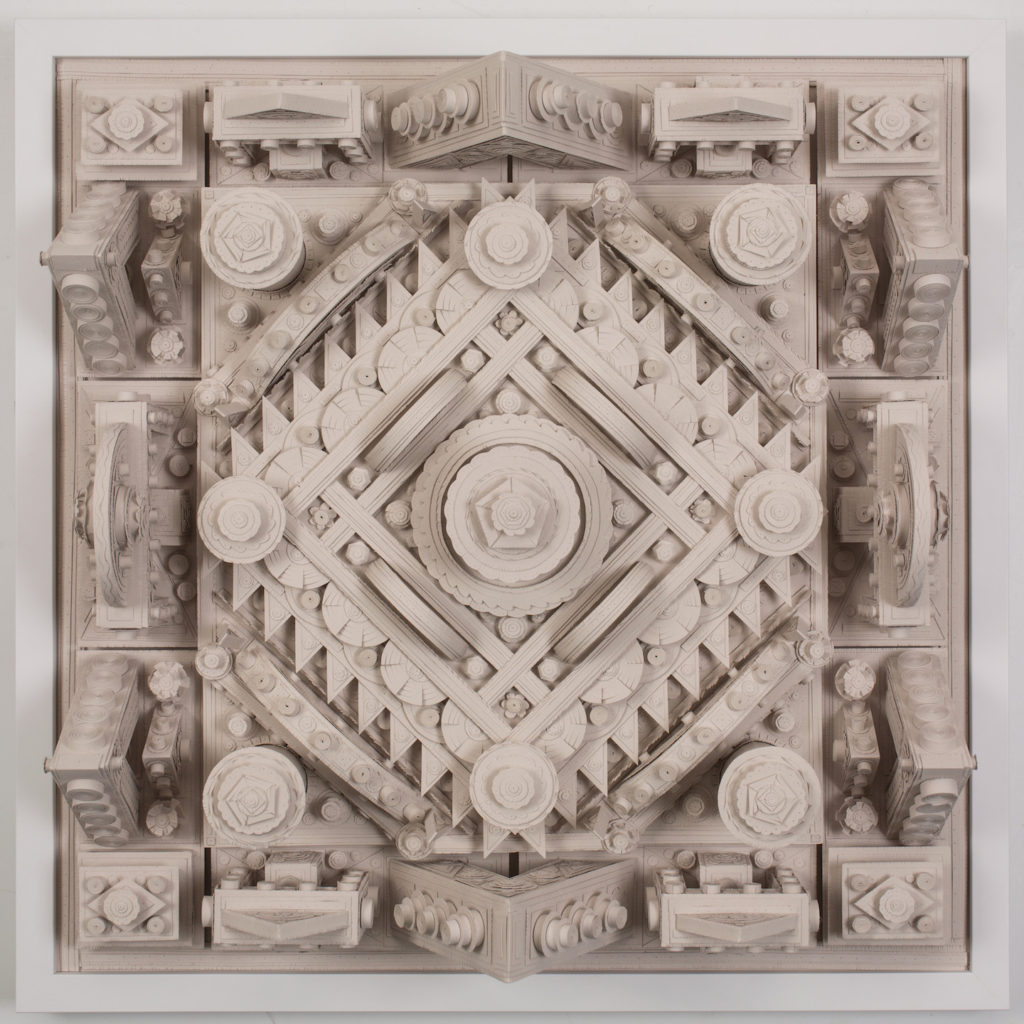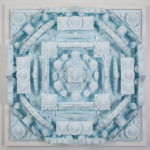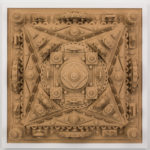Michael Velliquette
 Biography
Biography
MICHAEL VELLIQUETTE (BFA ’93) is a mixed media artist working in drawing, collage, and sculpture, and is most known for his works with cut paper. These works engage the nature of matter, sensation, perception, reaction, and consciousness. His work is in the collections of the Chazen Musuem of Art; the Art Museum of South Texas; the Museum of Wisconsin Art; the Racine Art Museum; The Progressive Corporation; Western Bridge, Seattle; The John Michael Kohler Art Center; The Microsoft Collection; Boston Children’s Hospital and the San Antonio Museum of Art.
Q & A
What have you been doing since graduating from FSU?
Well, I got my BFA back in ’93, so it’s been awhile. During my whole time at FSU I never picked up on the idea that grad school was the logical next step, so when I finished I was like ‘Ok, I should go be an artist.’ Around that time there were lots of creative folks from Tallahassee migrating to Alaska so I jumped on the bandwagon and a few months after graduating I moved to Juneau. That period was kind of your archetypal “On The Road” experience. I lived in Alaska for a spell, then California and Colorado, hitchhiking or taking busses from place to place. I worked in food co-ops and was a line cook along the way. I eventually made it back to Florida and lived on Siesta Key beach, where I was a Macrobiotic cook. I was still very open to adventure. So, I considered going to a natural foods cooking school, and even applied to Ringling Clown College. Ultimately I figured out that getting my MFA was what I needed to do. I wasn’t super savvy about applying to grad school and ended up going to the University of Wisconsin-Madison because I already had some good friends there. After my MFA I worked on a cruise ship for a few years. In the early 2000’s I moved to San Antonio, TX. I moved in with some friends from grad school and we opened an artist-run project space called The Bower. I also went to work for a commercial gallery and around that time committed to a full-time studio practice. In 2005 I was invited back to the UW to teach a summer course when I met my husband who is a chemistry professor. As fate would have it I moved back to Madison, where I’ve now been for the past twelve years. I teach and do my studio work. I also facilitate a gallery project separate from my studio work called Lovey Town. In fact I did a super fun exhibition a few summers ago with many folks who got their BFA degrees around the same time as me. You can see documentation of that show here: http://loveytown.org/exhibitions/exhibition-series-6-bfa-90-s-summer-2015/1

Michael Velliquette Untitled 3 (Sañña), 2017 Paper sculpture 20 x 20 x 6 – Chazen Museum of Art Collection
What did you learn at FSU to get you there?
At every step along my journey I would set up a studio space- whether I was living in a place for a just a few weeks, or longer. I held onto the belief that if I continued to make my work then I was still walking the artist’s path. Even if I had an 8-hour shift at the restaurant I would still come home and draw for a few hours. I never let myself get out of practice, and I credit my time at FSU for instilling that work ethic. The BFA studios were in a warehouse in Railroad Square at that time. I had a huge space. I remember just always being there, and it felt like I was wasting time if I wasn’t. I thought about my work all day, every day. My devotion was also modeled on the examples set by my mentors and advising faculty including Terri Lindbloom, James Prez, Jim Roche, Phyllis Strauss, Ray Burggraf, and Ed Love. Honestly I can’t overstate what an influence Ed had on me. He was the first person to teach me that being an artist was noble. It was so important to hear as a young artist.
What advice would you give to art students?
This advice is as much for myself as anyone. I’m noticing more and more how social media creates competition among artists for attention. And I think we’re in a time when the studio art model (from where I come) has become overly professionalized. These conditions have created a climate where artists begin to perceive their work primarily as a means to an end -to get noticed- by a gallery, or for a teaching job, or simply to get more followers. I have to continue to remind myself that my work is precious- it needs shelter. So I’ve tried to maintain a mindset that focuses more on what I can do for my work, rather than what it can do for me. This has meant working more slowly, making less work, and having gratitude simply for being able to do it.

